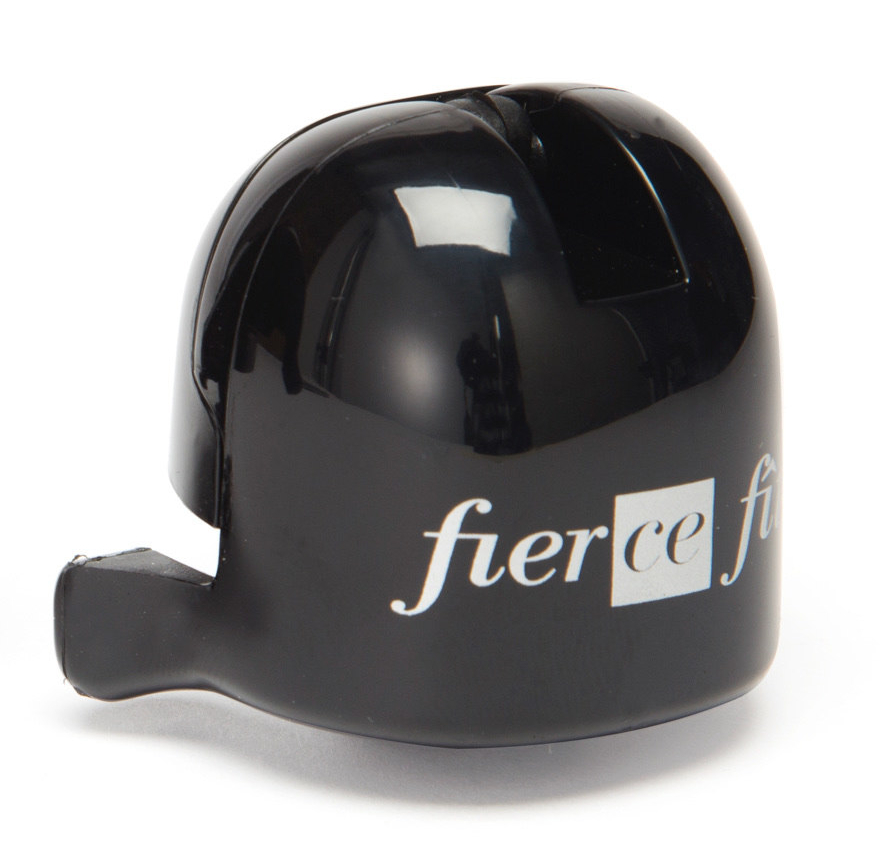The art of winemaking in Champagne
Creating Champagne is like painting a canvas: each gesture contributes to a unique and unrepeatable masterpiece. Behind every Cuvée lie conscious decisions, designed to transform grapes and terroir into a wine that tells a story.
Stainless steel, oak, terracotta, bâtonnage... each technique shapes the soul of the wine, sculpts its structure and reveals its identity. But what truly guides these choices?
Let me take you on a journey through the world of Champagne, where technique becomes poetry.
And if you would like to discover the our selected Cuvées, visit the online boutique.
STAINLESS STEEL: PURITY AND PRECISION
Stainless steel is the perfect choice when the aim is to highlight the purity of the fruit and the freshness of the terroir. This neutral material does not interfere with the wine’s aromas and preserves the vibrant character of the grape varieties.
The result is a Champagne that is clean, crystalline, and finely chiselled, with vivid minerality and elegance.
It is a modern, straightforward style of winemaking that brings out the essence of the wine and allows the signature of the vintage and vineyard to shine through—ideal for Cuvées focused on clarity and aromatic precision.
OAK: STRUCTURE AND DEPTH
Oak introduces a slower, deeper dialogue between wine and oxygen. It speaks of tradition, of patience and depth.
The gradual micro-oxygenation offered by barrels softens the wine’s tension and encourages a harmonious evolution, adding subtle complexity.
The wood never dominates; it accompanies. It reveals delicate notes of vanilla, sweet spices or dried fruit.
This approach is especially suited to more structured Cuvées, where aromatic richness and fullness are key. The wine gains character and tells a more mature, almost intimate story.
TERRACOTTA: AUTHENTICITY AND ROOTS
Terracotta jars have the ability to reconnect the wine with its origins, bringing it closer to nature. Their porosity allows for gentle oxygenation, much like oak, but without imparting any external aromas.
The result is a pure, vibrant wine that expresses the fruit and its bond with the terroir in the most authentic way.
It is a less common choice, often reserved for special vintages or experimental micro-vinifications, but it brings a rare sincerity that surprises and delights.
LEES AND BÂTONNAGE: BALANCE AND TEXTURE
Managing the fine lees during ageing plays a fundamental role in shaping the wine’s structure and aromatic profile.
Bâtonnage—the periodic stirring of the lees—releases noble compounds into the wine, making it richer, creamier and more enveloping.
When done regularly, it creates a smooth, silky texture and a broader aromatic palette.
By contrast, refraining from bâtonnage preserves tension, linearity and a vibrant freshness. As always, the choice depends on the desired style of the Cuvée.
TIME: THE INVISIBLE INGREDIENT
And finally, time. Ageing is perhaps the most decisive element in developing the final complexity of the wine.
In great Champagnes, prolonged contact with the lees leads to those beautifully evolved notes of brioche, hazelnut and almond.
They enrich each sip and turn the tasting into a profound and memorable experience.
CONCLUSION
Every choice is a deliberate gesture designed to elevate the wine’s character and make it truly unique.
This is what makes winemaking in Champagne so captivating: the ability to convey a terroir, a vintage, a vision—through precise and thoughtful technique. It is from this alchemy of conscious decisions that Champagnes are born with the power to speak, to move, to stand out.
Explore the Collection – every bottle is waiting to tell its own story.

 My bag
My bag
 The Boutique
The Boutique
 Login
Login


